Every business wants to stand out in a crowded marketplace. What’s the secret sauce? A compelling brand design that captures attention and resonates with your audience. When you buy custom brand design, you’re investing not just in aesthetics but in the very essence of your business identity.
Imagine walking through a bustling street lined with shops. Some storefronts draw you in instantly, while others fade into the background. The difference often lies in their branding. Custom brand design helps create that magnetic pull—an unmistakable visual language that speaks directly to your target market.
In this post, we’ll delve deep into why custom brand design is essential for success, explore its key elements, and offer guidance on how to choose the right partner for your vision. Are you ready to take your brand to new heights? Let’s get started!
Benefits Of Custom Brand Design
Custom brand design offers a multitude of advantages that can significantly impact your business.
First, it creates a unique identity. A tailored design sets you apart from competitors and allows your brand’s personality to shine through.
Next, it fosters trust and credibility. Professional branding instills confidence in potential customers; they are more likely to choose brands that appear polished and cohesive.
Additionally, custom designs resonate with target audiences on an emotional level. When people connect emotionally, they become loyal advocates for your brand.
Moreover, investing in personalized branding can enhance customer recognition. Consistent visual elements make it easier for customers to remember who you are amidst the noise of competing businesses.
A strong custom design supports strategic growth. It provides flexibility as your business evolves while remaining aligned with your core values and mission.
Key Elements Of A Strong Brand
A strong brand is built on a few key elements that resonate with audiences.
First, clarity is essential. Your brand should communicate its purpose and values swiftly. Customers need to understand what you stand for at a glance.
Next, consistency plays a significant role. From your logo to your messaging, every element should align seamlessly across all channels. This builds trust and recognition.
Emotional connection cannot be overlooked either. Brands that evoke feelings create loyal customers who feel personally invested in their story.
Then comes differentiation—what sets you apart from competitors? A unique selling proposition helps carve out your space in the market.
Visual identity matters immensely. Strong colors, fonts, and imagery can leave lasting impressions and enhance memorability.
When these elements come together harmoniously, they form the backbone of an impactful brand that stands the test of time.
How Custom Design Enhances Recognition
Custom design plays a pivotal role in making your brand memorable. It creates a unique visual identity that sets you apart from competitors. When consumers see consistent and distinctive branding, they quickly associate it with specific qualities or values.
A well-crafted logo, tailored color palette, and custom typography can evoke emotions and build trust. These elements work together to form an instant recognition factor. People often recall brands through their aesthetic choices long before they remember the name.
The brain processes visuals faster than text, which is why striking designs linger in memory longer. This enhances recall during purchasing decisions, guiding customers back to your business amidst countless options.
Moreover, custom design fosters loyalty by creating familiarity. As your audience encounters your branding across various platforms, those repeated visual cues help solidify their connection to your company over time.
Choosing The Right Design Partner
Choosing the right design partner is crucial for your brand’s success. Start by assessing their portfolio. Look for versatility and creativity that aligns with your vision.
Communication plays a vital role in this partnership. Ensure they listen to your ideas and understand your goals. A good designer should not just take orders but engage in meaningful dialogue about how to elevate your brand.
Consider their experience within your industry as well. Familiarity with market trends can lead to more relevant designs that resonate with your audience.
Don’t forget about budget and timelines. Clarify these aspects early on to avoid misunderstandings later.
Seek reviews or testimonials from previous clients. Positive feedback can provide insights into their reliability and quality of work, helping you make an informed decision when you buy custom brand design services.
Integrating Your Brand Across Platforms
Integrating your brand across platforms is essential for creating a cohesive identity. Consistency in messaging and visuals helps consumers recognize your brand, no matter where they encounter it.
Start by defining core elements like colors, fonts, and logos. These should be uniform across websites, social media profiles, email newsletters, and packaging.
Next, tailor your content to fit each platform while maintaining the same voice. A casual tone may work well on Instagram but could feel out of place on LinkedIn.
It’s vital to engage with your audience regularly. Respond promptly to comments or messages; this builds trust and strengthens relationships.
Don’t forget analytics! Use insights from different channels to refine your approach. Monitoring performance allows you to adapt strategies that resonate best with various audiences without losing sight of the overall brand message.
Common Mistakes To Avoid
When you decide to buy custom brand design, it’s easy to overlook key details. One common mistake is rushing the process. A strong brand takes time and careful thought.
Another pitfall is neglecting your target audience. If your design doesn’t resonate with them, all that effort may go unnoticed. Always keep their preferences front and center.
Many also underestimate the importance of consistency across platforms. Your logo should look recognizable whether on social media or business cards.
Ignoring feedback can be detrimental too. Engage with stakeholders during the design phases; their insights might lead to a more effective outcome.
Don’t skip out on future-proofing your designs. Trends change rapidly, so ensure your branding has longevity without falling behind current styles.
Measuring Brand Design Success
Measuring brand design success involves more than just aesthetics. It’s about assessing how well your design resonates with your audience.
Start by tracking engagement metrics. Look for increases in website traffic, social media shares, and interactions. These numbers can reveal how effectively your design captures attention.
Brand recognition is another key indicator. Conduct surveys or focus groups to gather feedback on whether people remember your brand after seeing it.
Sales figures also tell a story. A strong brand identity often correlates with higher sales conversions over time.
Don’t overlook qualitative data either. Customer testimonials and reviews provide insight into emotional connections with your brand’s visual identity.
Regularly revisiting these metrics helps you refine and adapt designs according to changing market trends or customer preferences, ensuring long-term relevance in a dynamic marketplace.
Future Trends In Brand Design
The landscape of brand design is evolving rapidly. Emerging technologies, such as augmented reality (AR) and virtual reality (VR), are reshaping how brands engage with their audiences. Imagine experiencing a brand in an immersive environment—that’s the future.
Sustainability is also taking center stage. Consumers prefer brands that prioritize eco-friendly practices, influencing design choices to reflect greener values. Minimalism continues to thrive, with clean aesthetics making brands more recognizable amidst digital clutter.
Personalization plays a critical role too. Tailored experiences resonate deeper with consumers, leading designers to create adaptable branding elements that cater to individual preferences.
Inclusive design is gaining traction as well, ensuring accessibility for diverse audiences while enhancing overall user experience. As social media platforms evolve, dynamic branding will become essential—think logos that change based on context or trending topics around them. Embracing these trends can help businesses stay relevant in the ever-shifting market landscape.
Frequently Asked Questions
What Is Custom Brand Design And Why Buy It?
Custom brand design creates unique logos and visuals that match your business style.
How Does Custom Brand Design Improve Business Identity?
It makes your brand look professional and helps customers remember you.
What Elements Are Included In A Custom Brand Design?
Logos, color schemes, fonts, and brand guidelines are common elements.
How Long Does It Take To Get A Custom Brand Design?
Usually, it takes 1 to 3 weeks depending on the project size.
Can Small Businesses Benefit From Custom Brand Design?
Yes, it helps small businesses stand out and build trust with customers.
How Much Does Custom Brand Design Typically Cost?
Prices vary but expect to pay between $300 and $3,000 for quality work.
What Should I Provide To Get A Custom Brand Design?
Share your business goals, style preferences, and any ideas you have.
Can Custom Brand Design Help With Marketing Efforts?
Yes, a strong brand design supports better advertising and customer engagement.
Is It Possible To Update My Current Brand Design?
Yes, designers can refresh your brand look to keep it modern.
Where Can I Buy Reliable Custom Brand Design Services?
Look for experienced designers on platforms like Fiverr, Upwork, or design agencies.
Conclusion
Custom brand design helps your business stand out clearly. It creates a unique look that people remember. Good design builds trust and shows professionalism. Investing in custom design makes your brand feel real and strong. Choose designs that match your style and message.
A clear, simple design speaks to your customers best. Take time to find the right design partner for you. Your brand’s look matters more than you think. Start building a design that grows with your business.
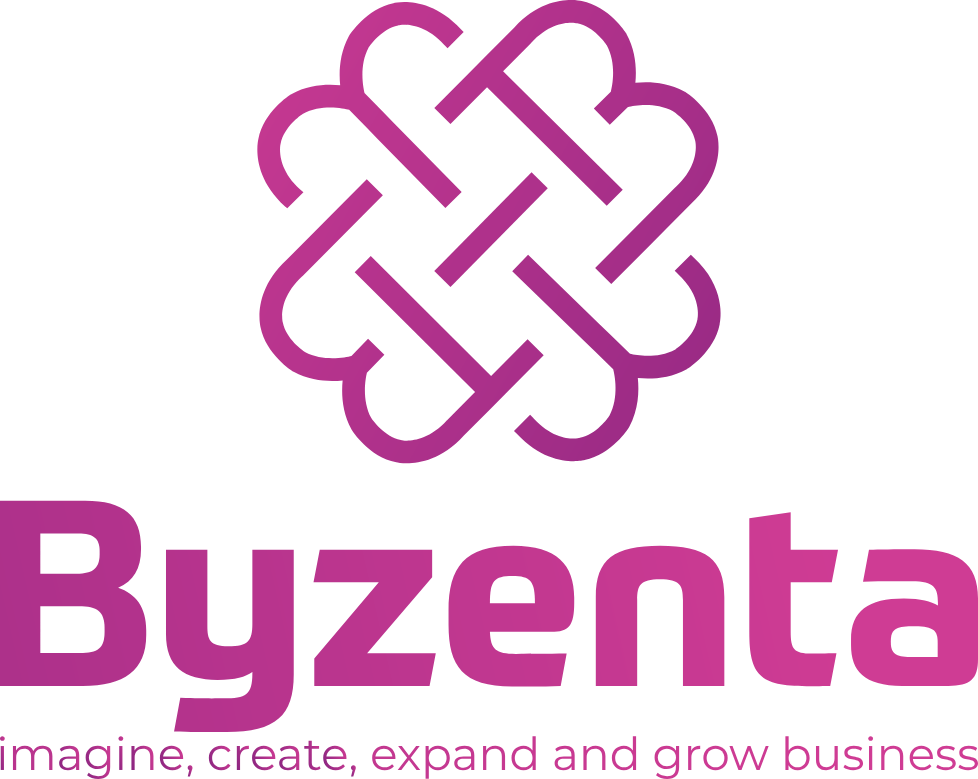
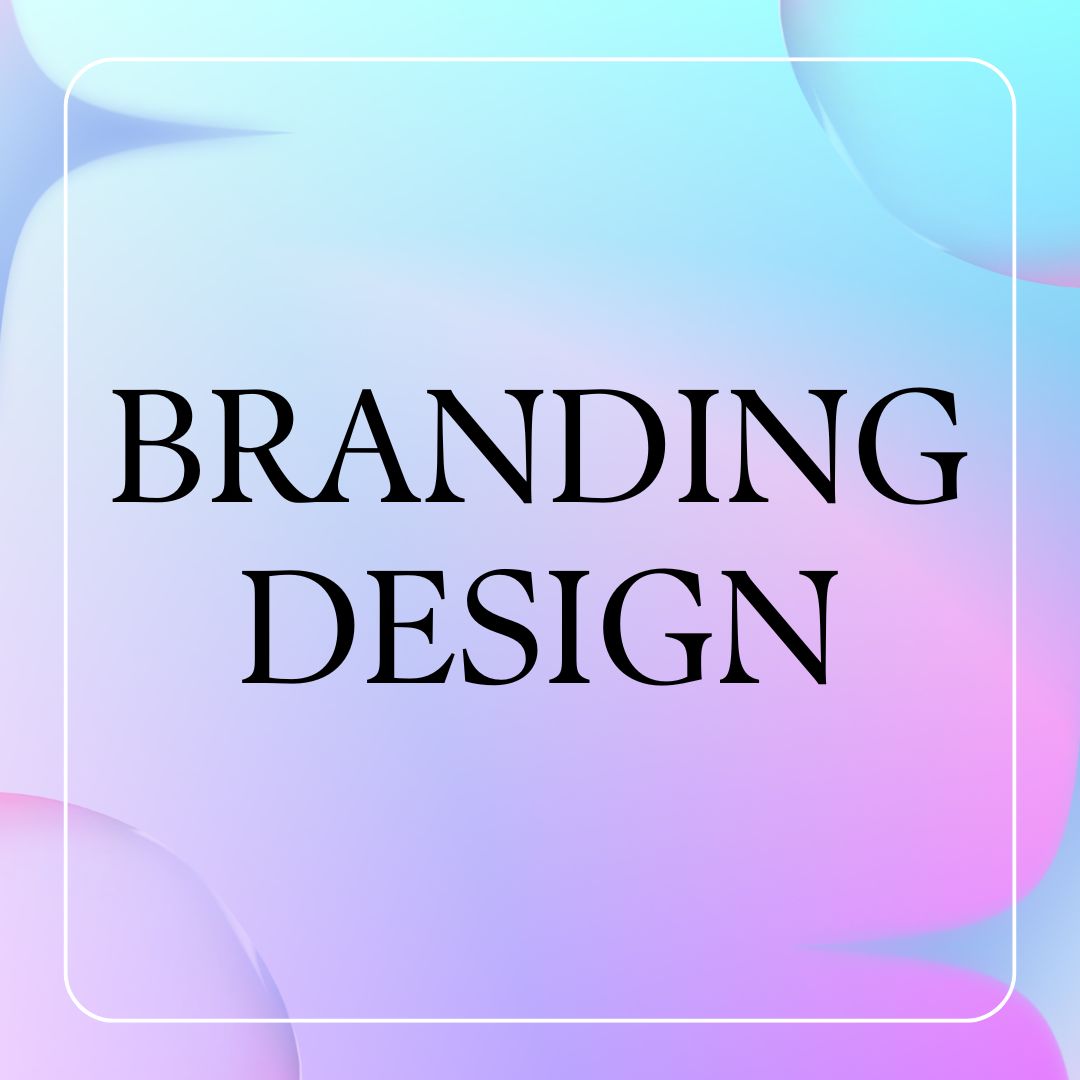
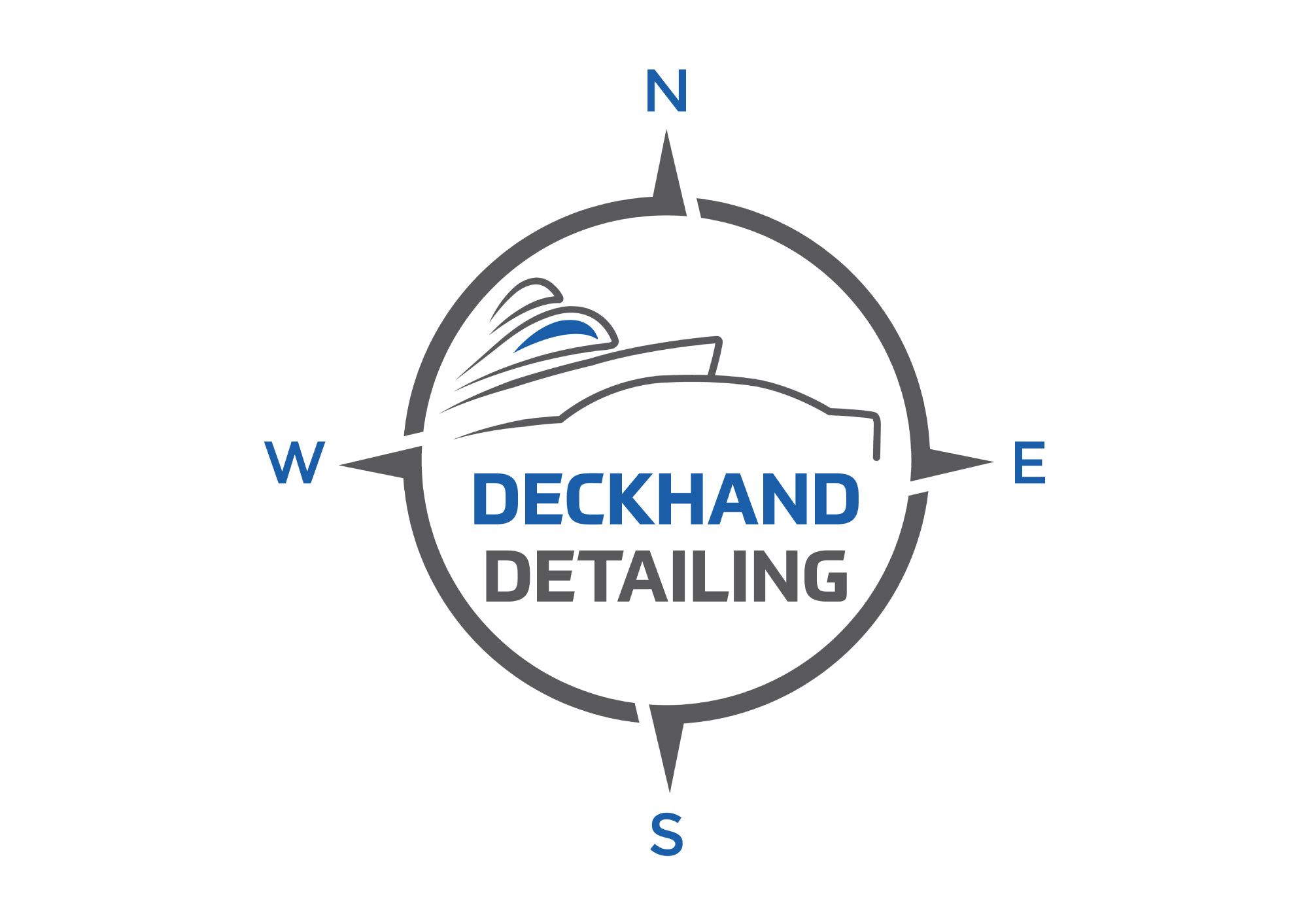
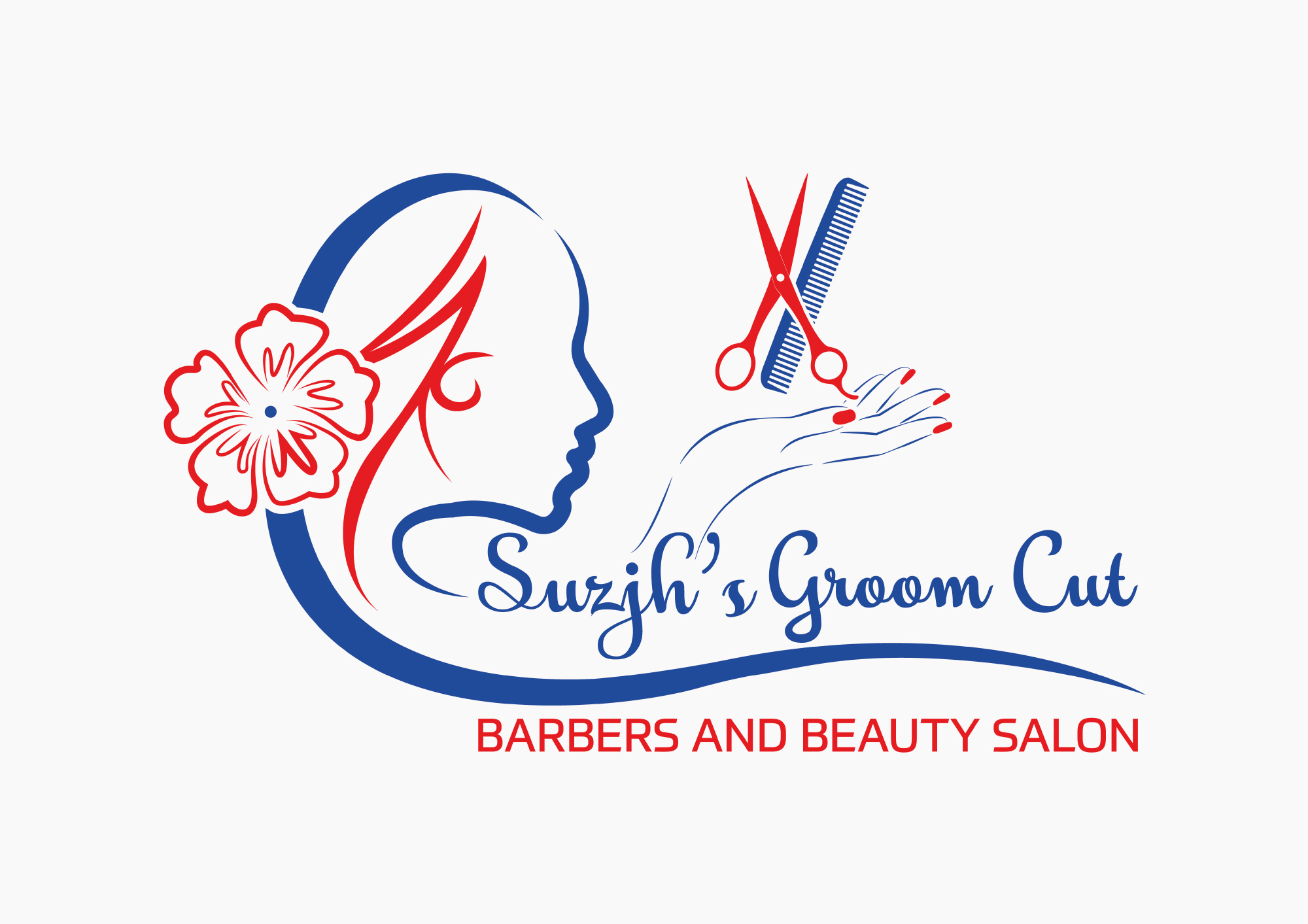
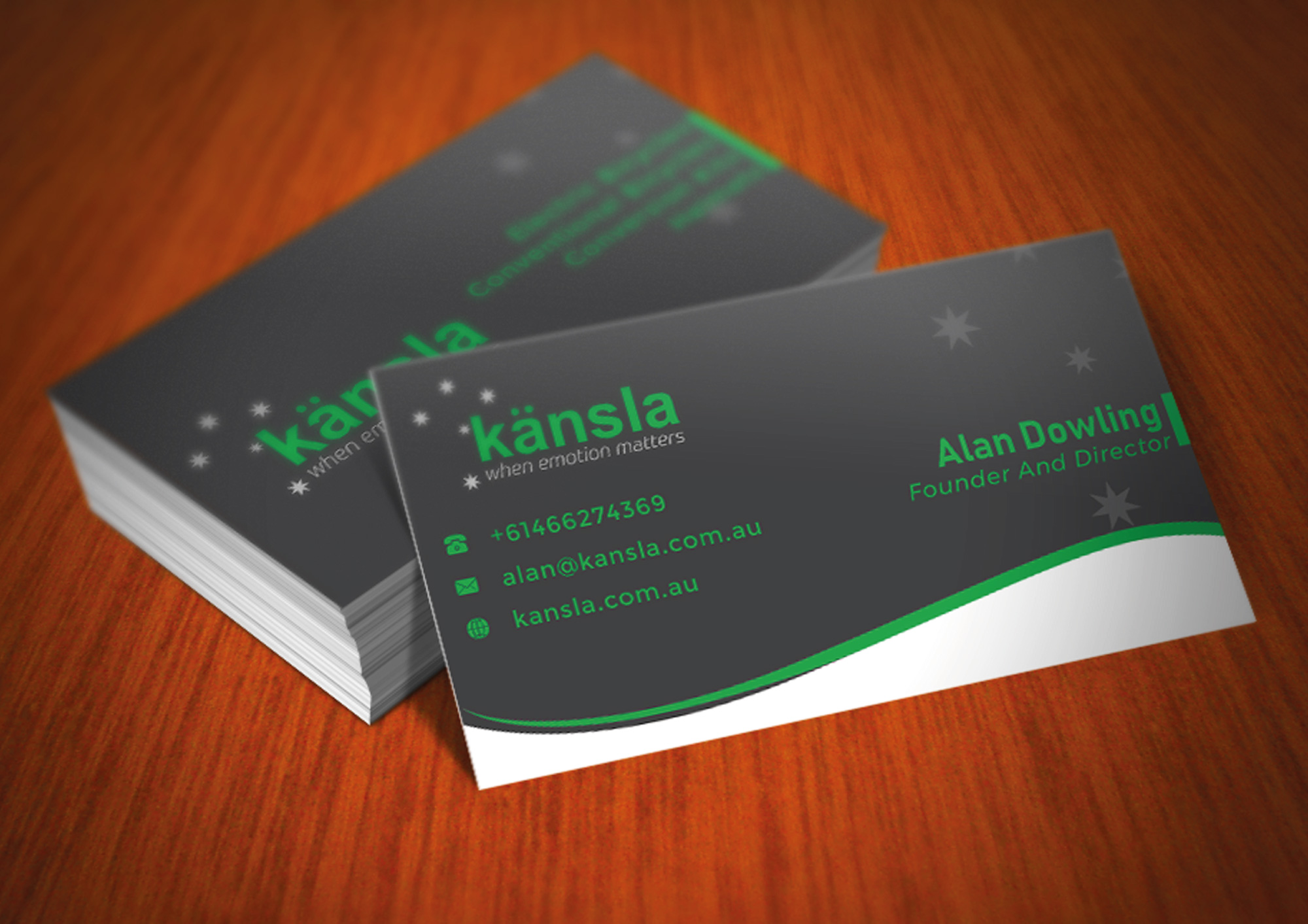
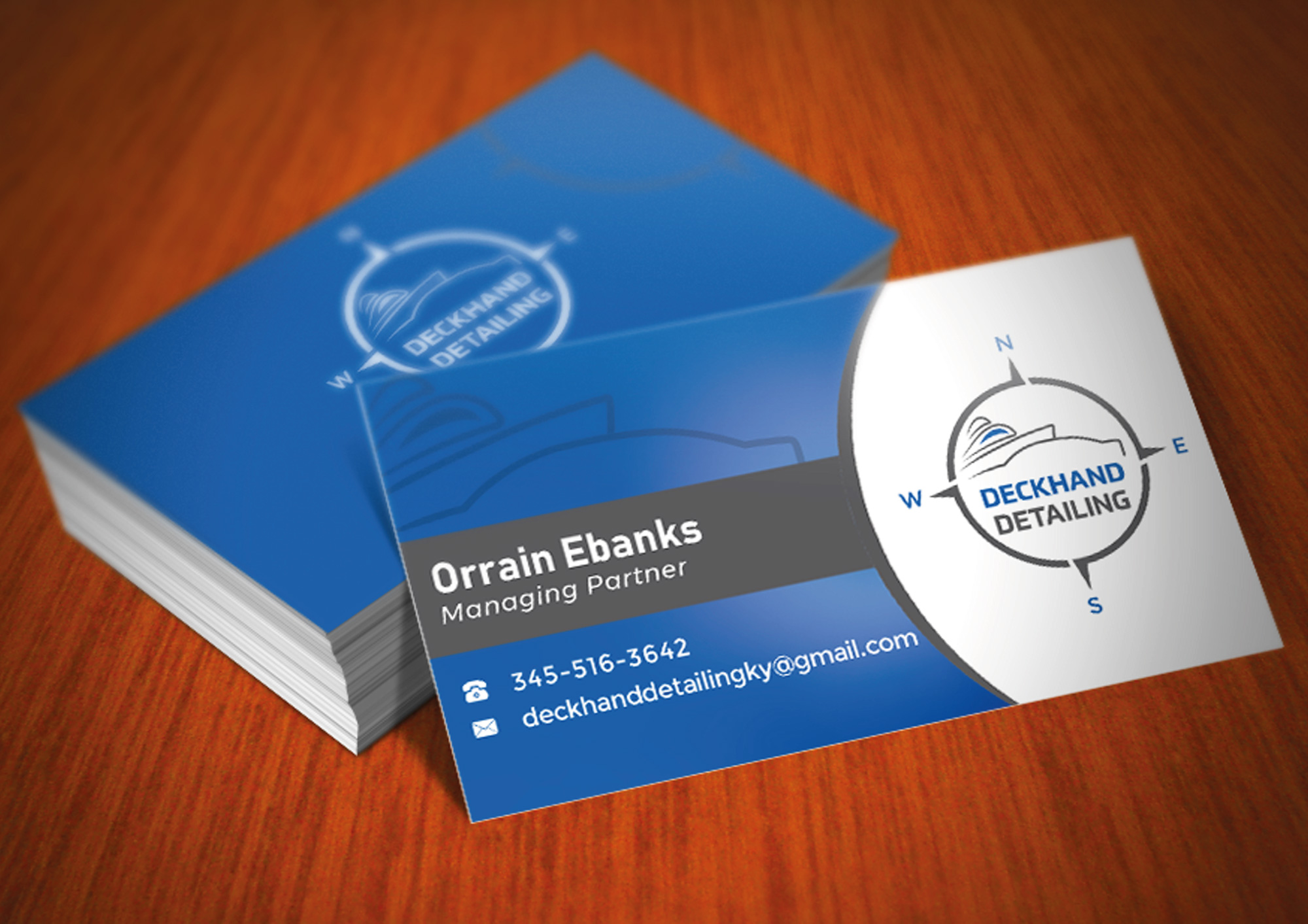
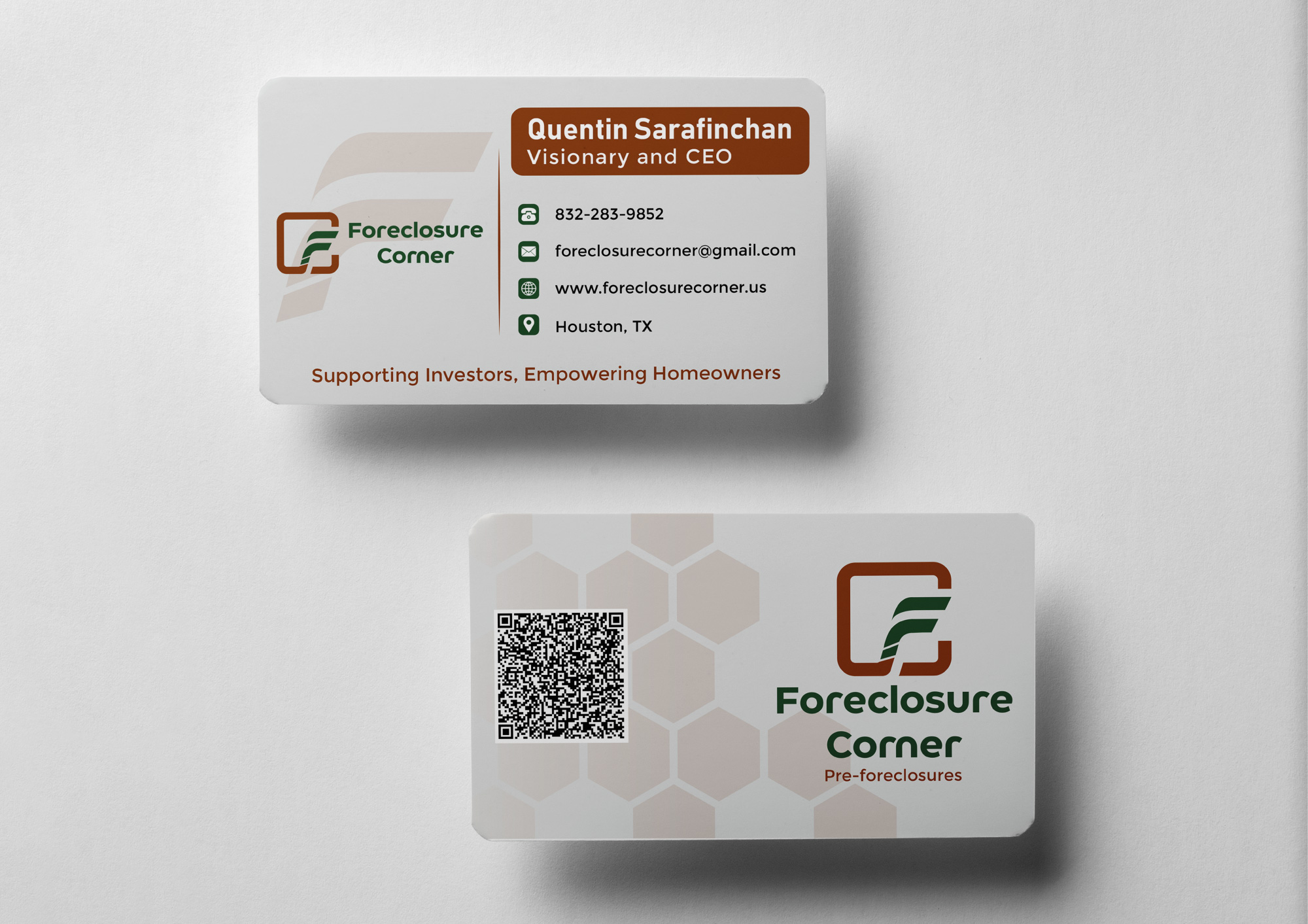
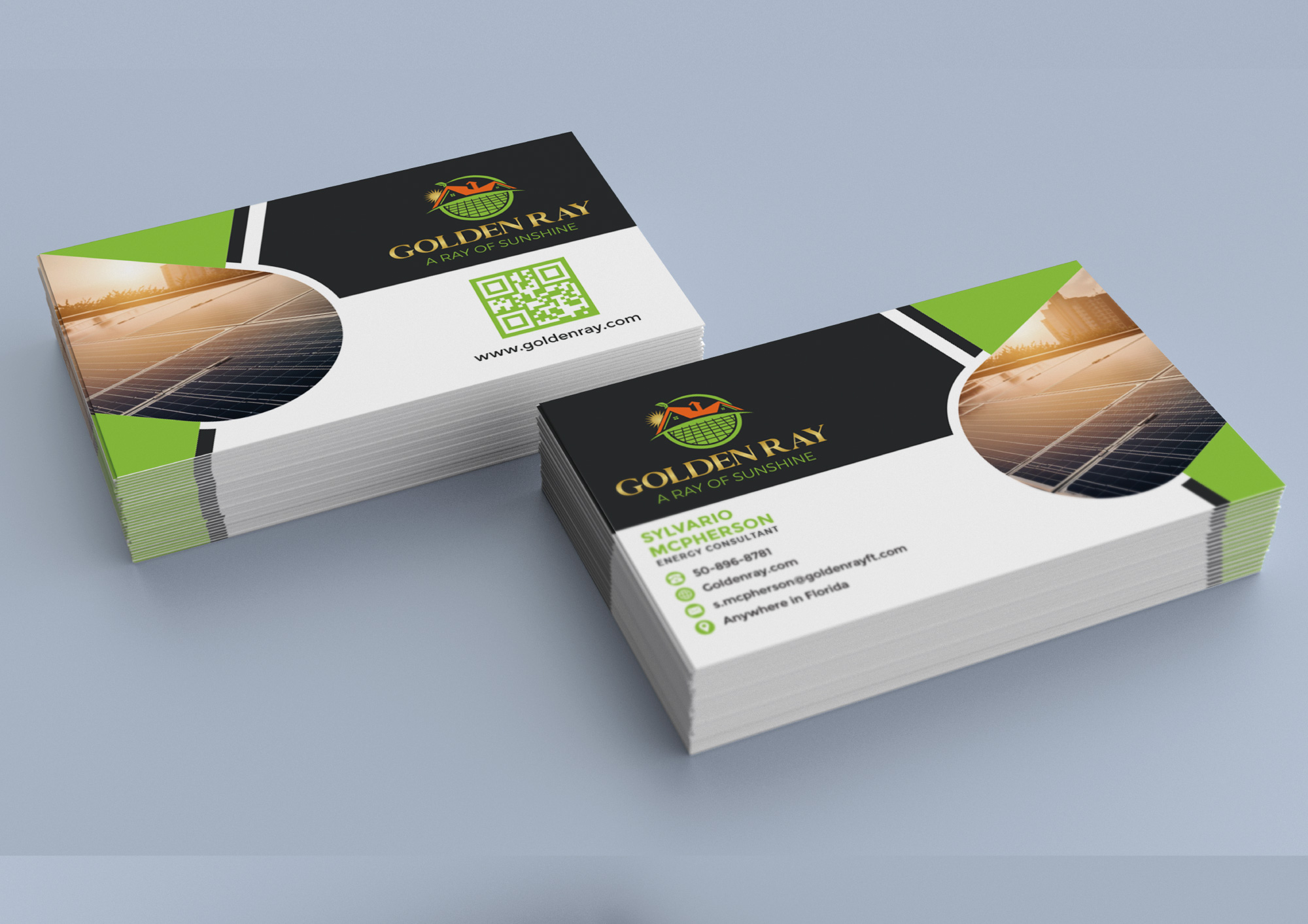
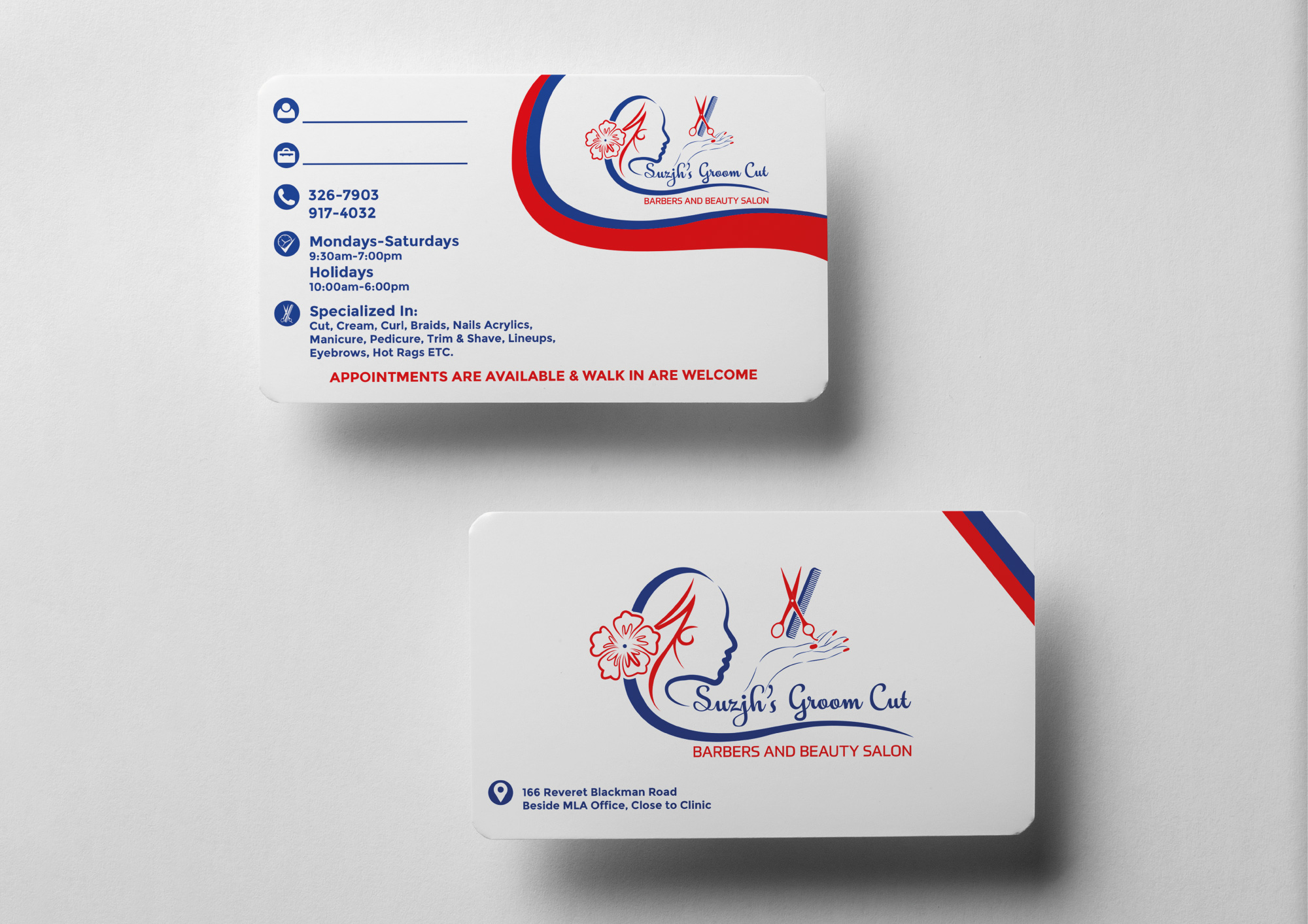
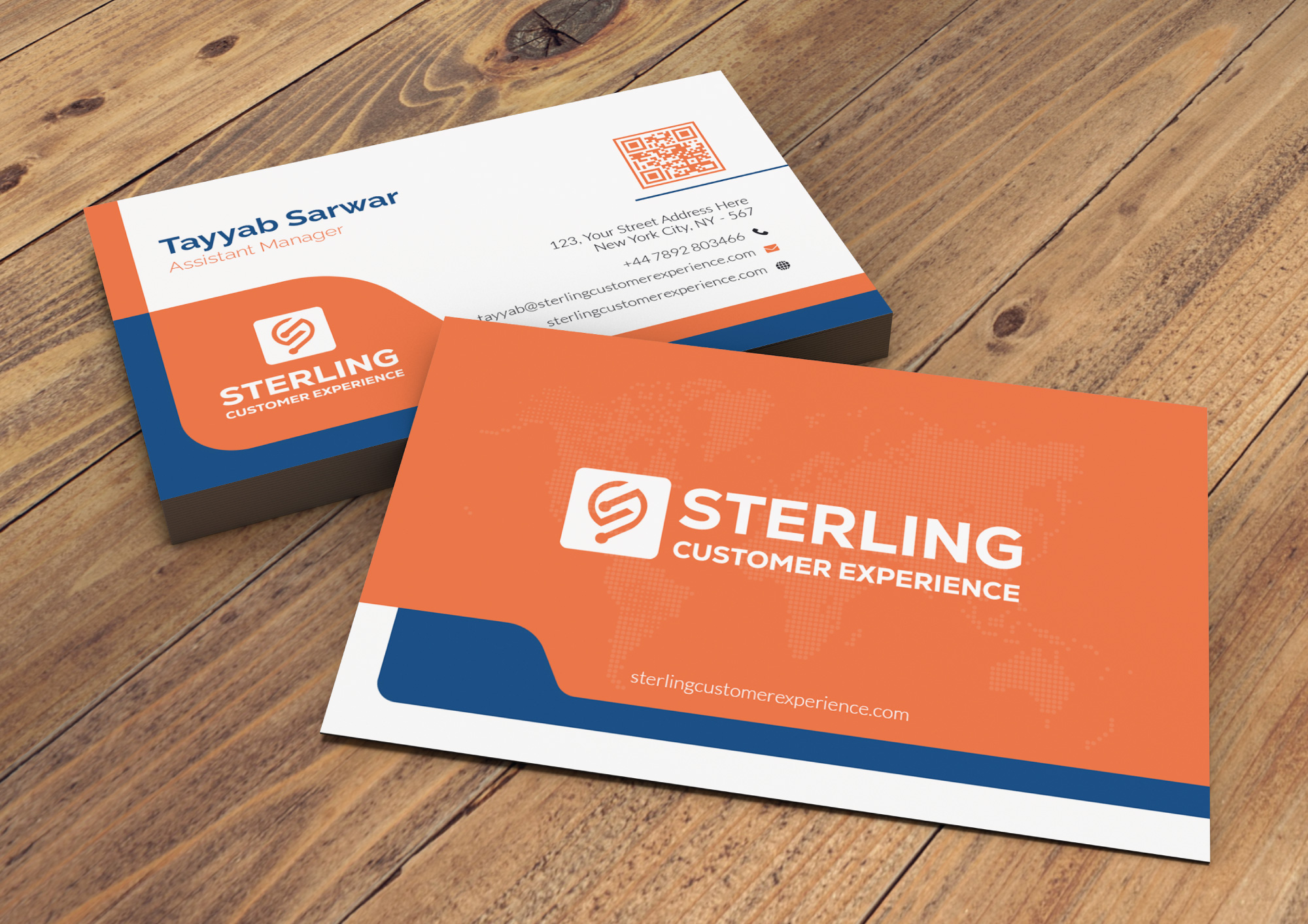
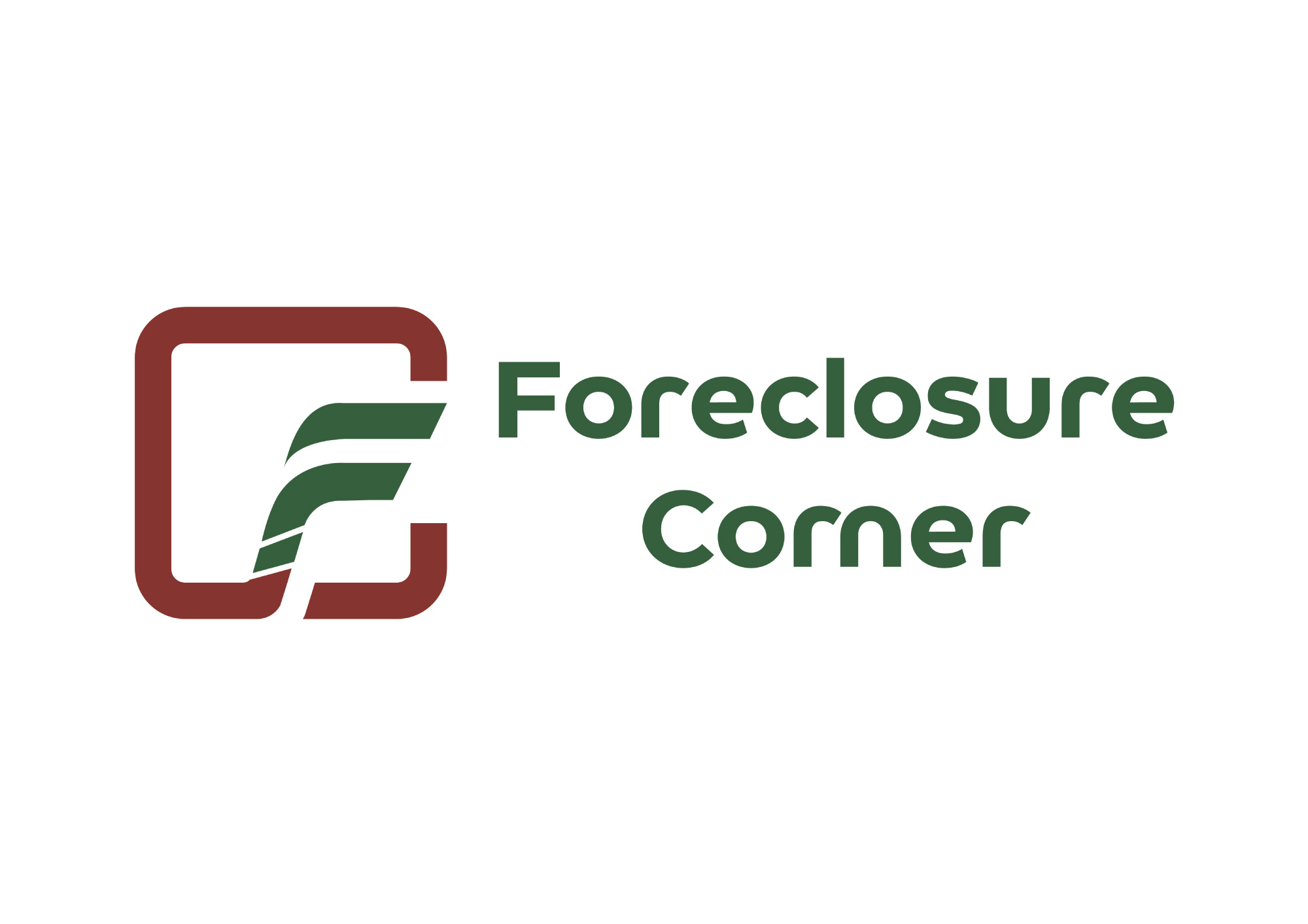

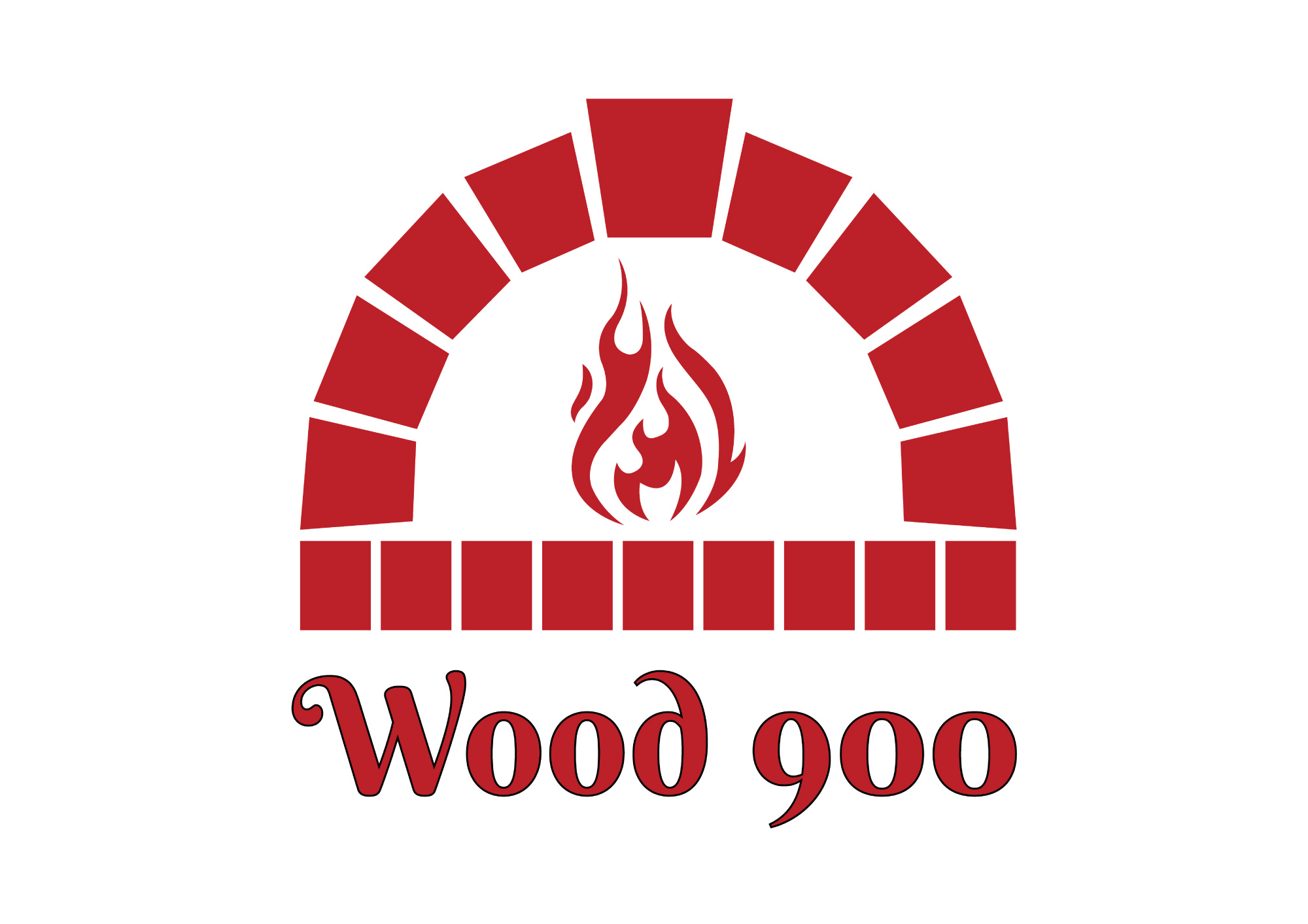
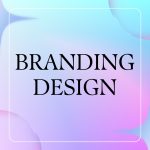
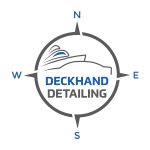

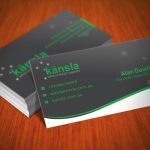
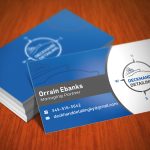
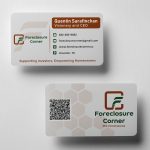
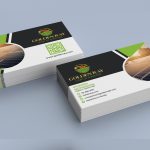
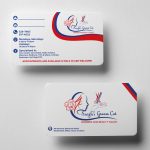
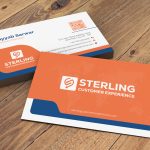
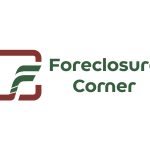


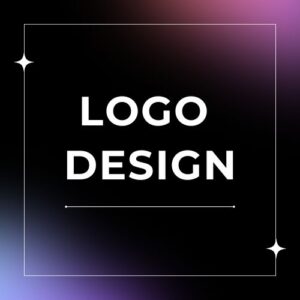
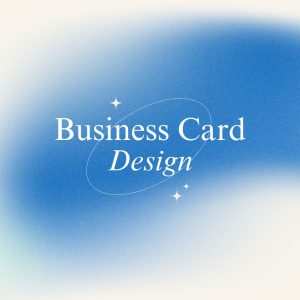
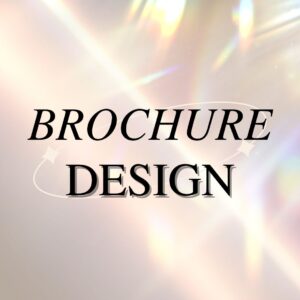
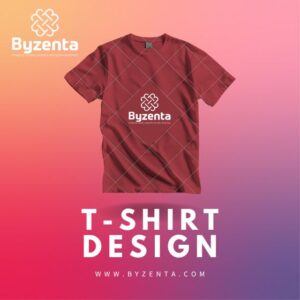
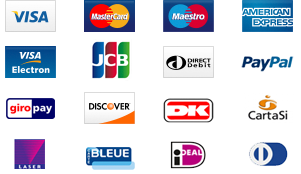
jared brownky –
Amazing job. Our family has had multiple jobs for Byzenta, who has been nothing but professional and exceptional. His combination of excellent communication and technical skill make getting exactly what you’re looking for a breeze. Thanks so much for all the work!
Suzan Nesanso –
Byzenta was super responsive and easy to engage with right from the beginning. The final output of this job was also beyond my expectations.
Brooklyn Gibow –
This is the 7th time I think that I have worked with Byzenta and as always his work is excellent! He works with me to get exactly what I am looking for and the result is always beautiful! I truly appreciate working with Byzenta and recommend him highly!
True Advocate –
Byzenta was very professional and had a lot of patience. There were numerous revisions, which he gladly did and when it was all said and done the final version of my logo was fabulous!!! I would use him again.
Richard Maatjes –
This was my second project with Byzenta Agency and I love the results. Definitely recommended. Fast delivery, high quality and they don’t stop until you’re happy with the Brand Design. Good communication and overall really good job!